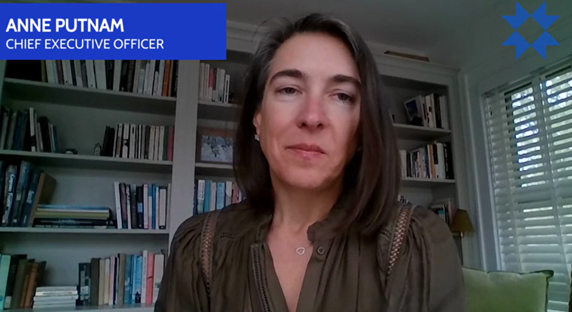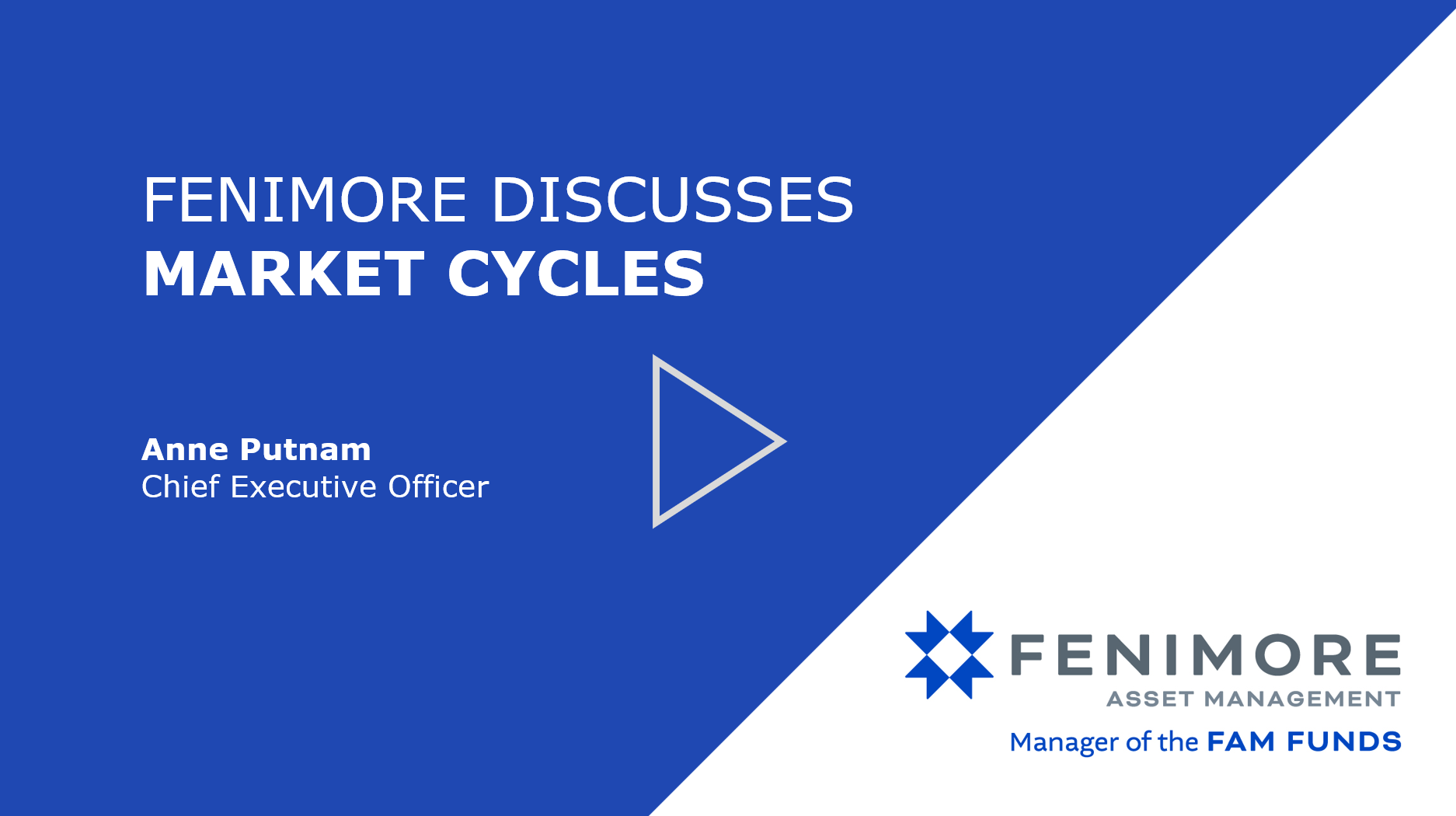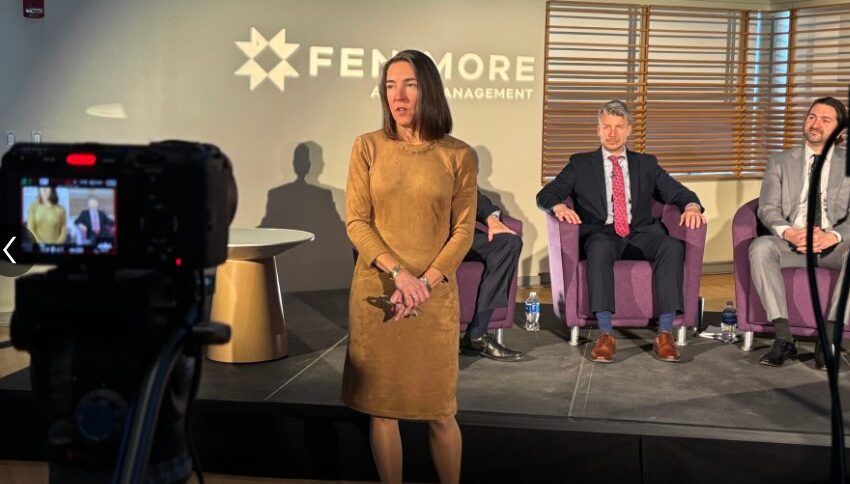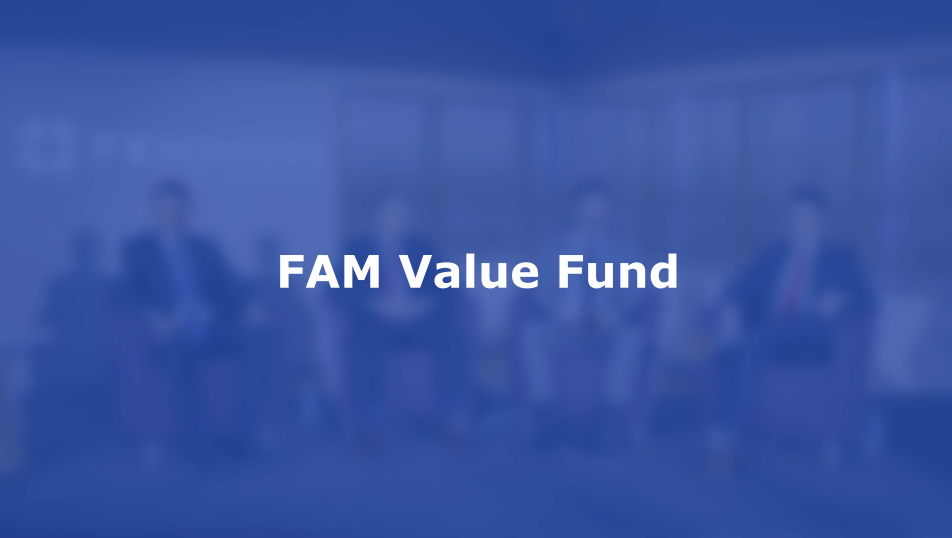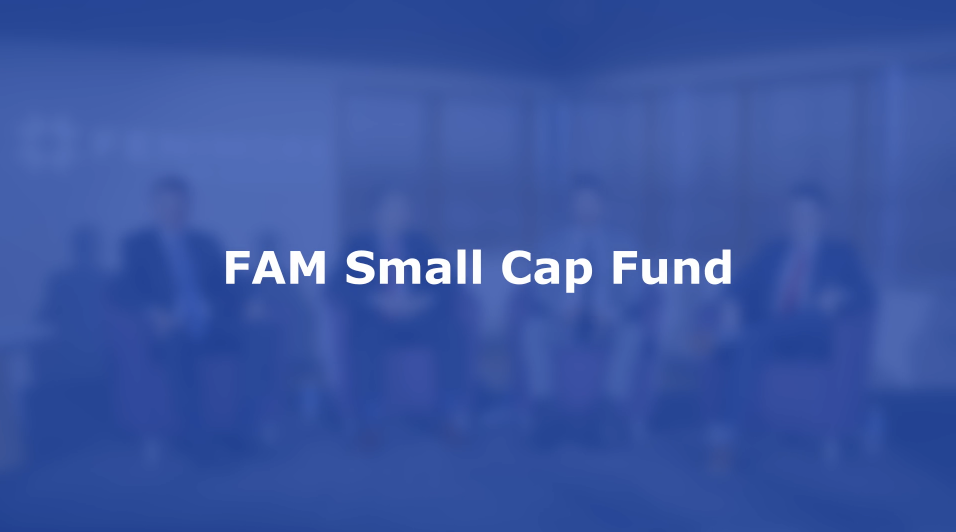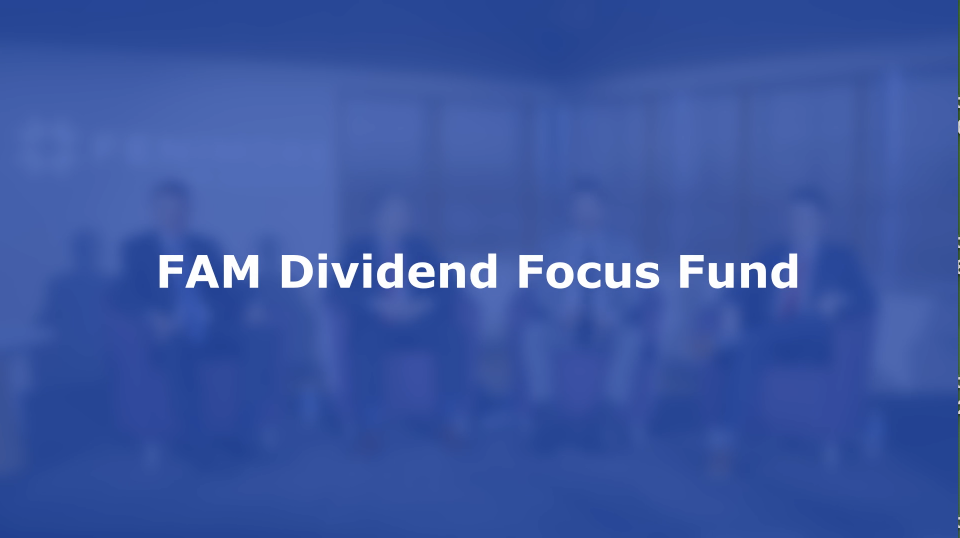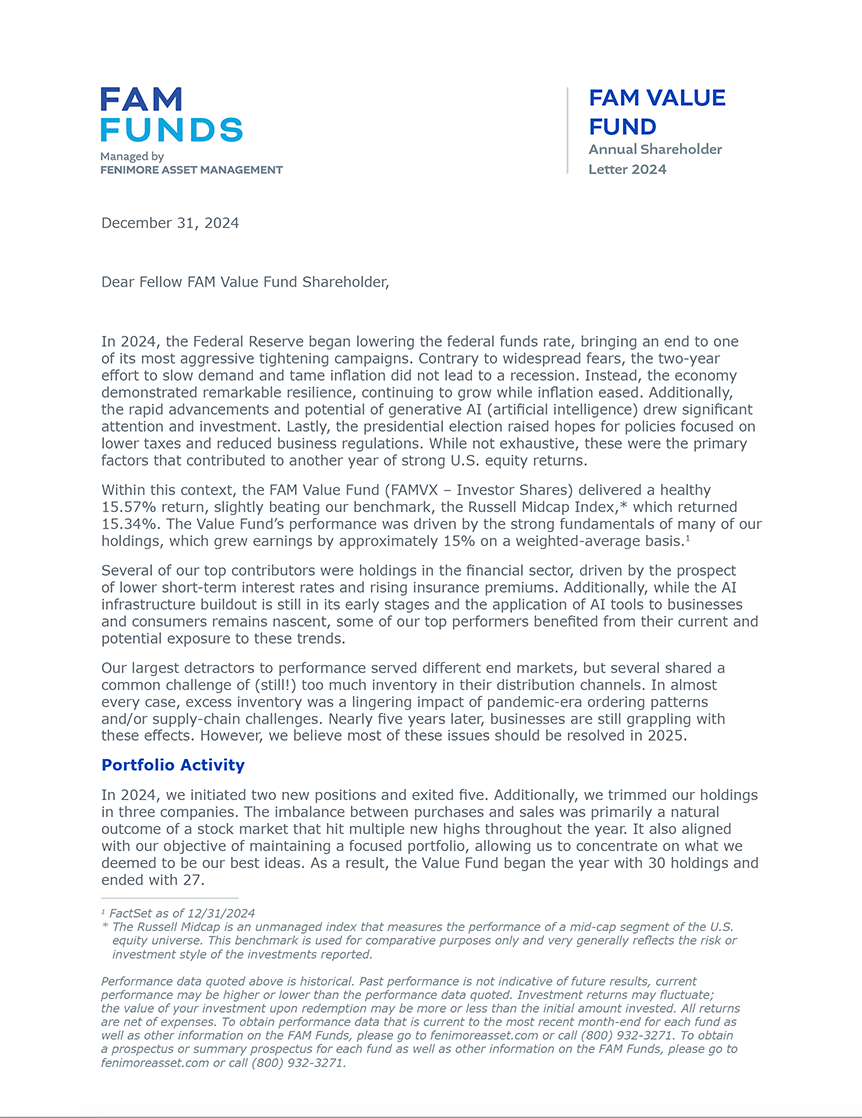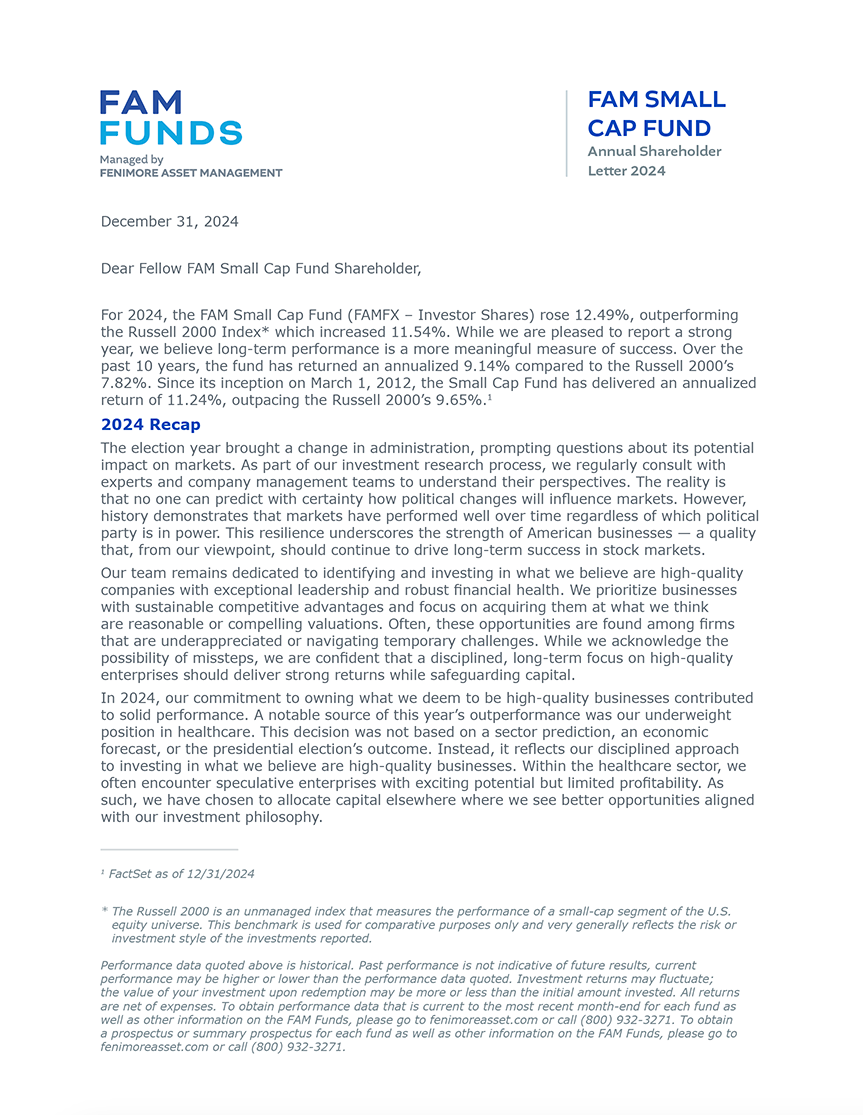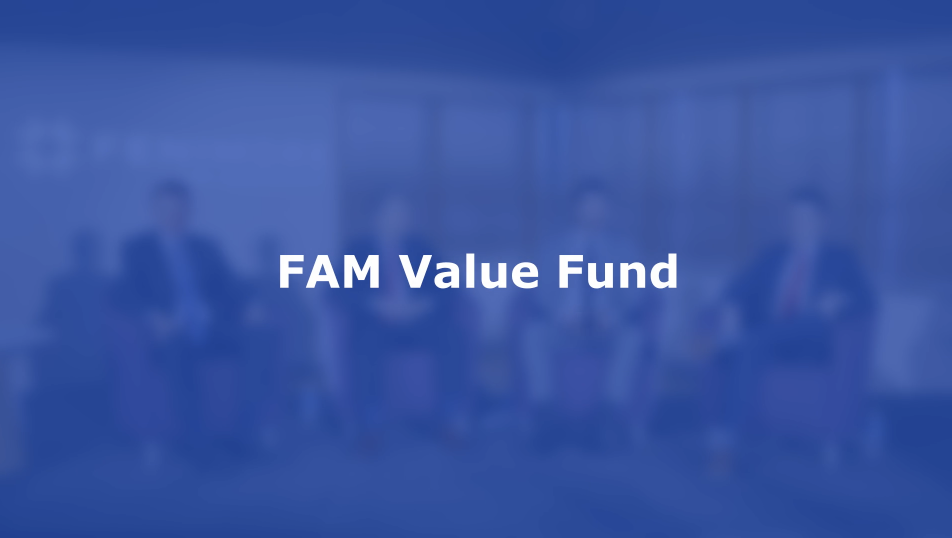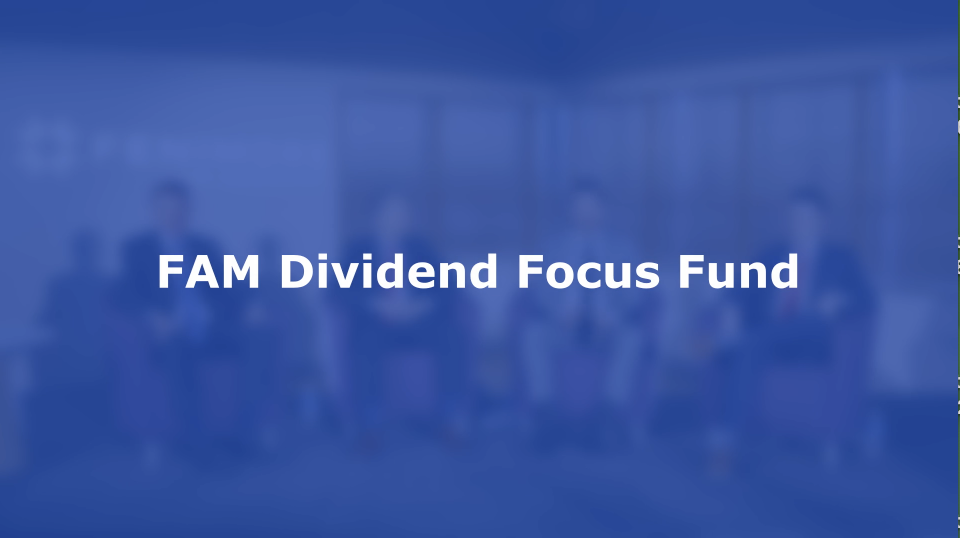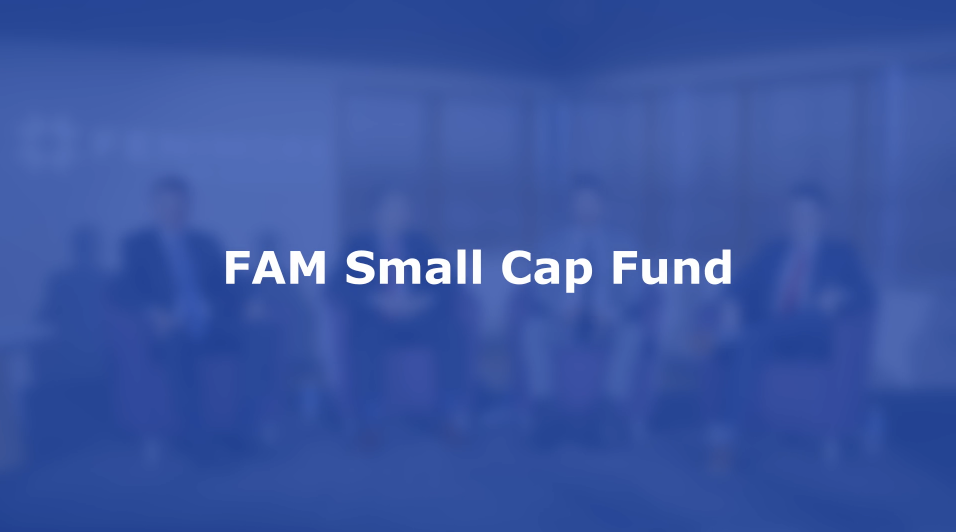THE NATIONAL ECONOMIC PICTURE
It’s fair to say that the 2025 outlook for America’s economic picture is now different from what investors expected as the new year began. At that time, the overall consensus was that the Federal Reserve would continue to lower short-term interest rates as inflation subsided; corporate earnings would grow more than 10% this year; and the new administration’s policies of lower taxes and less regulation would ignite business growth and boost the stock market.
Instead, inflation remains stubborn at approximately 3%, where it’s been since 2023, and short-term interest rate reductions are stalled. Corporate earnings projections are being revised down (still solid but below expectations), partially due to the potential impact of tariffs. And, as of this writing, the S&P 500 Index was hovering around the same place as on Election Day.
The on-again/off-again prospect of tariffs on goods from China, Canada, and Mexico — and the uncertainty those prospects are creating among businesses and consumers — will likely slow economic growth initially, which may cause the stock market to decline.
This is not intended as a critique of the short- or long-term merits of the administration’s economic-related actions, especially since it’s only been a few months. It’s just the facts of where things stand today and another reason I often say, “No one can predict the stock market.”
STAYING FOCUSED ON QUALITY BUSINESSES
So, what is our team doing about the uncertainty? We’re seeking to ensure that the firms we invest in are ready to address it. Fenimore’s investment research analysts don’t limit our due diligence to the quarterly earnings calls that publicly traded companies are required to hold with droves of investors, analysts, and the news media. We talk privately and frequently with the leadership of our businesses — in person whenever possible — so we can see their operations firsthand, have an in-depth understanding of their strategies, and ask the hard questions that either reinforce our confidence in them or give us pause about future investments.
Our most recent meetings have found our holdings to be strong and optimistic overall. Tariff issues are certainly a primary topic, but I’m pleased to report that we’ve found our companies universally equipped to weather any related storms. Due to tariff hikes during the administration’s first term, COVID, and a growing fear of doing business in China, most holdings have a diverse supplier base and the ability to adapt. They are much more prepared for change this time around.
For example, only one of our companies has projected a reduction in earnings as a result of tariffs; however, through a series of tactical steps, they should be able to mitigate this estimated decline by two-thirds. Another firm showed us how they reduced imports from China in recent years to minimize tariff impacts. These imports were 50% of their product mix, but now are just 16%.
These are the types of strategic moves we expect from our holdings as we aim to maximize your return and minimize your risk.
INVESTING FOR THE LONG TERM
As always in times of uncertainty, Fenimore encourages you to stay aware of present-day economic and market conditions, but to keep your focus on the future and stay the course. Meanwhile, we remain dedicated to investing in quality businesses that we believe can create value for our investors over the long term while navigating the everchanging landscape — just as we have since 1974.
Our associates are available to speak with you about your investments to ensure they are aligned with your life goals. If you have questions or concerns, we encourage you to contact us at 800-932-3271 or info@fenimoreasset.com. For those of you who live in our region, please stop in or schedule a time to meet at our home office in Cobleskill or branch office in Albany, which just celebrated a successful one-year anniversary.
Thank you for your confidence in us.
Sincerely,
John D. Fox, CFA®
CHIEF INVESTMENT OFFICER
